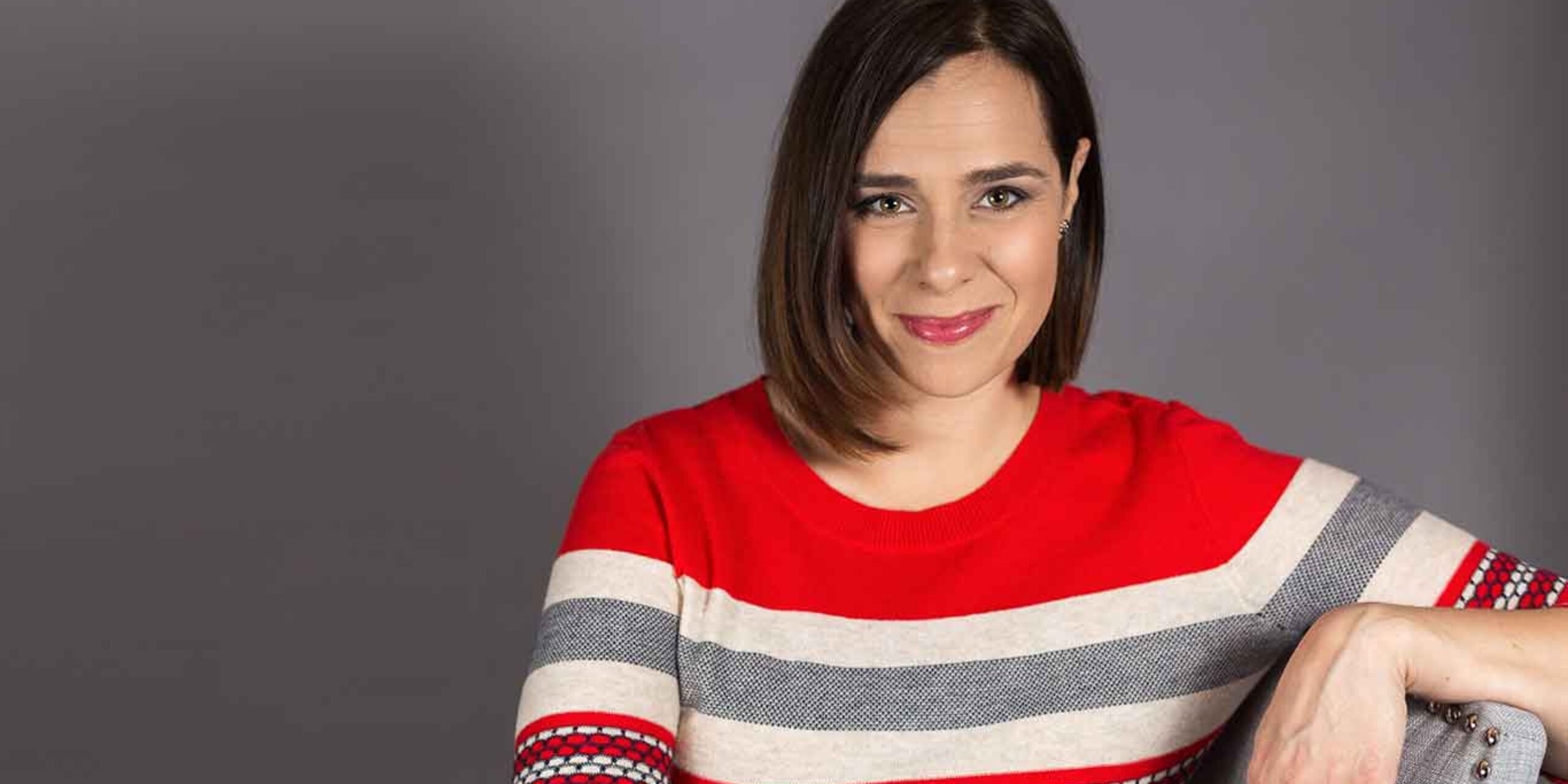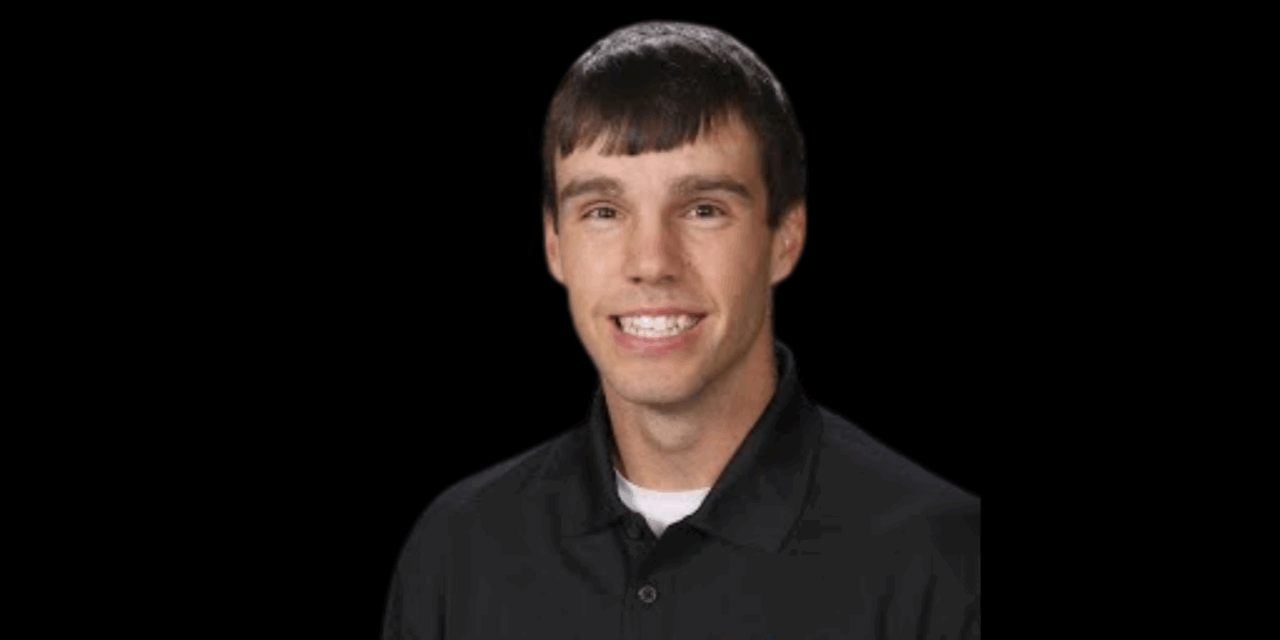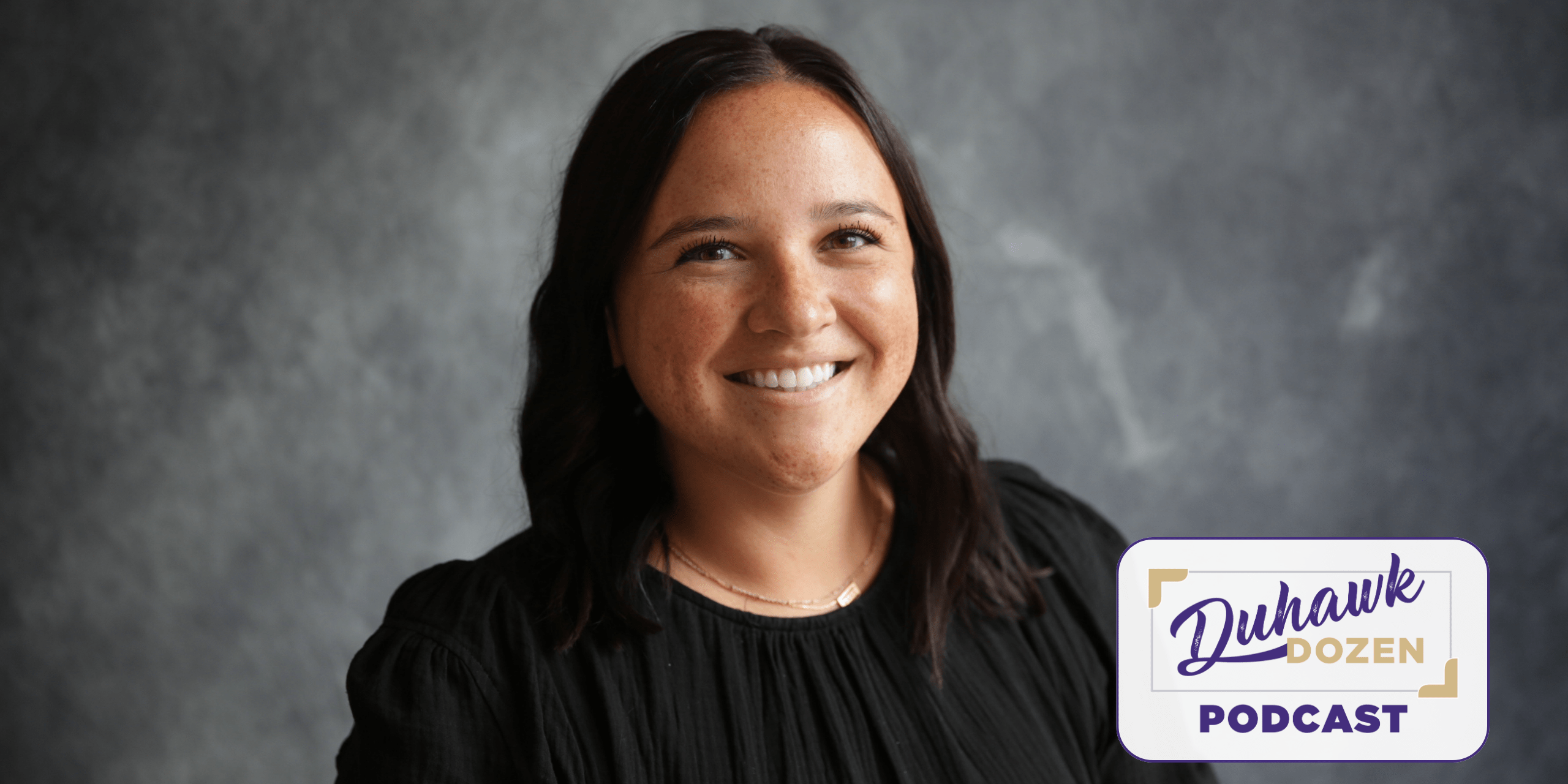Beth Mund (’96) has launched a new project that is literally out of this world. The Loras alumna’s STORIES of Space project has sent 300 submitted stories to the International Space Station.
The stories were saved on SD-cards and part of the Northrop Grumman Cygnus spacecraft payload on an Antares rocket that launched from the Mid-Atlantic Regional Spaceport at the NASA Wallops Flight Facility in Virginia and reached the International Space Station on August 4.
The STORIES (Story SD Card Testing and On-Board Research on the International Space Station Experiment and Survey) project is helping to engage a growing community of space ambassadors while also creating a unique International Space Station science experiment that tests the effects of radiation on micro-SD electronics and data storage, the materials that hold the stories.
“The STORIES of Space project engages a growing community of space exploration ambassadors—people who may never train to be an astronaut or travel to space, but space enthusiasts who want to be a part of the discovery and advancements in space,” Mund explained. “By submitting the written word to a space exploration project, storytellers are thoughtfully creating their own personal and unique story narrative, only limited by their imagination. By sending the written word to space, we are able to re-ignite scientific literacy. Words have meaning and profound application when it comes to science, reading, and writing about space topics creates a perfect mix of STEAM (science, technology, engineering, art and math) creativity and practical application.”
Micro-SD memory cards are an important component of most small satellites, used to store acquired data for later retrieval. The harsh environment of low-Earth orbit contains heavy radiation, which often damages micros-SD cards in small satellites. For the next six months, the STORIES of Space project will be exposing micro-SD cards to the harsh space environment located on the outside of the International Space Station. When the micro-SD cards return to Earth, the radiation levels of each card will be tested at the Utah State University Materials Physics Group (MPG) and the results will be shared with space agencies around the world.
“STORIES of Space is a unique opportunity for creativity and science. Testing for radiation damage in SD cards and other electronics used in small satellites is critical to avoid possible catastrophic events over the duration of space missions,” Achal Duhoon, research assistant in the Materials Physics Group at Utah State University and STORIES ambassador, said. “As satellite missions are extended for more time and reach farther corners of the universe, the environments become harsher. Mission objectives are more ambitious, reducing shielding to reduce mass, and requiring exposure to more intense radiation. The data we gain from the STORIES of Space orbit will help future missions select the best long-lasting, damage-resistant data storage.”
A former NASA public affairs officer for the Johnson Space Center, Mund has established herself as a prominent voice on space exploration and innovation. She produces the Casual Space podcast, where she hosts weekly conversations with astronauts, and artists, scientists and CEOs looking to inspire the next generation of explorers. Additionally, she has completed two space missions as an analog astronaut: one Mars simulation where she spent a month living on an active volcano in Hawaii, and a lunar simulation where she spent a month in an underground WWII abandoned bunker at the Lunares facility in Poland.




